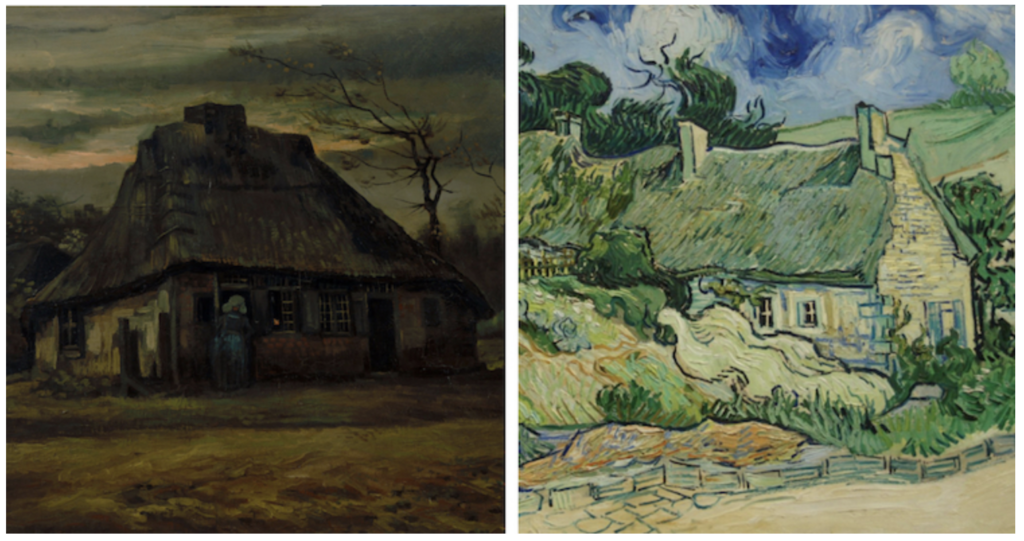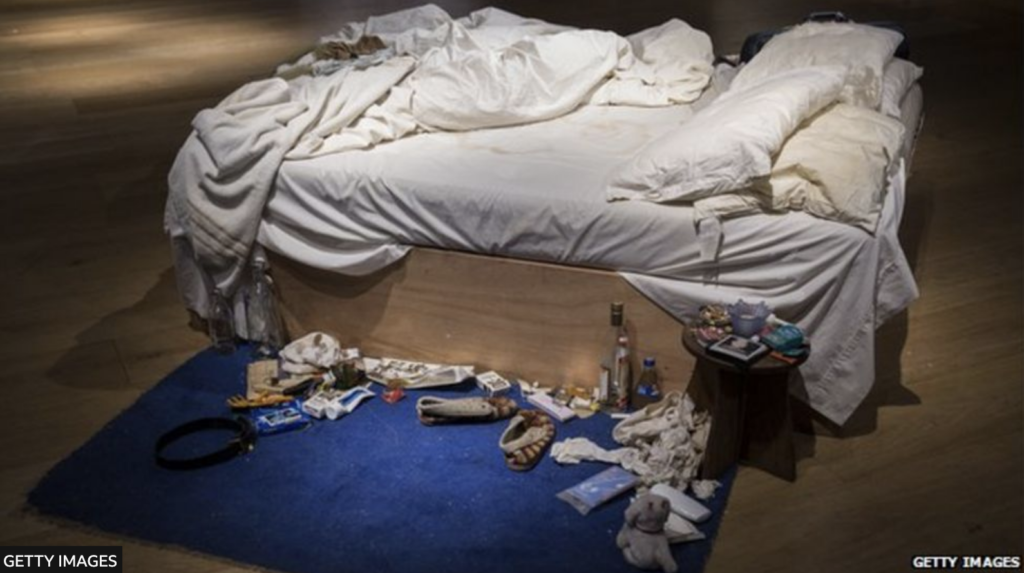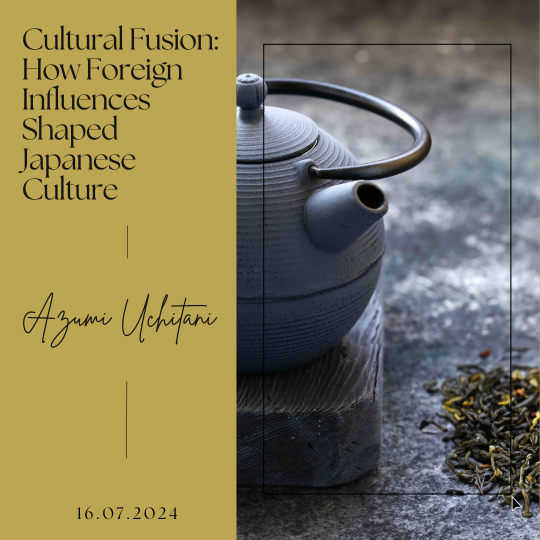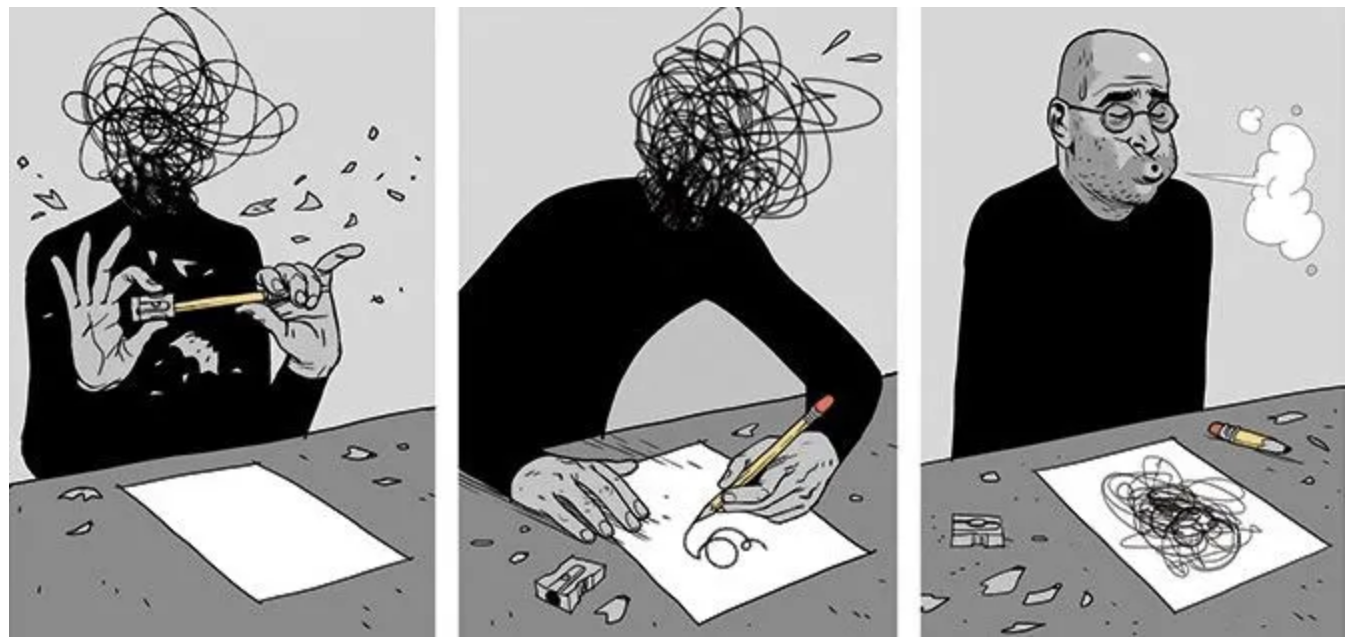The Transformative Power of Art
written by art historian & curator
Art serves as a universal language of emotions, transcending cultural, linguistic, and societal barriers. Through visual, auditory, or tactile mediums, artists convey complex feelings, ideas, and experiences. The colours, shapes, and forms in a painting, the notes in a melody, or the sculptures’ textures evoke emotions that resonate with people across the globe. Art as therapy is a concept that taps into the innate potential of artistic expression to serve as a conduit for emotional healing and self-discovery. It is a deeply personal and often transformative journey that helps individuals navigate their inner emotional landscapes and find solace. In this exploration, we will examine the notion of art as therapy, shedding light on how creativity can be harnessed as a means of emotional healing and self-empowerment.
Videos you may enjoy as well:
Specialists often say that art is a sanctuary for emotional expressions, a safe and judgment-free space for individuals to confront and explore their emotions. Unlike interpersonal interactions, where vulnerability can be daunting, artistic mediums remain a non-critical recipient of one’s innermost thoughts and feelings. This sense of safety encourages individuals to delve deeper into their emotional landscapes and confront unresolved issues.

Artistic expressions often lead to a powerful sense of catharsis—a release of pent-up emotions, stress, and trauma. This release is therapeutic in its own right, as it allows individuals to unburden themselves from the weight of negative emotions. Creating art can feel like a purging of the soul, resulting in profound relief and a renewed sense of emotional equilibrium.
Art Therapy: Guided Healing Through Creativity
For those seeking a more structured approach to art as therapy, art therapy offers a guided and therapeutic framework. Art therapists, and trained professionals, facilitate the process, working with individuals to explore their emotions, using art as a means of communication and healing.
The session begins with a warm and non-judgmental atmosphere, encouraging self-expression and exploration. Participants are provided with a range of art materials such as paints, clay, markers, or collage materials. They are then encouraged to create without any pressure to produce an artwork. The therapist may provide prompts or themes to stimulate self-reflection and expression. Throughout the session, clients are encouraged to discuss their feelings and thoughts related to their artwork. This dialogue helps individuals gain insights into their emotions and experiences, fostering personal growth and self-awareness.
Art therapy as a formalised practice has gained recognition in more recent decades, but the idea of using art as a therapeutic tool can be traced back to ancient civilizations where art-making was recognized as a means of healing and self-expression. Early cultures used rituals and artistic practices to address spiritual and emotional needs. Over the last 200 years, numerous artists and artworks have provided insight into the therapeutic potential of creativity, both in the context of art therapy and as a means of personal healing and self-expression. Art as therapy transcends linguistic barriers, making it a universal language of emotions. However, in the 20th century, art therapy began to take shape as a formal discipline. Pioneers like Margaret Naumburg and Edith Kramer laid the foundation for the modern art therapy practice, emphasizing the therapeutic benefits of artistic creation. Over the years, research has documented its efficacy in treating a wide range of mental health issues, leading to its integration into mainstream psychology and healthcare. Art as therapy transcends linguistic barriers, making it a universal language of emotions.
Consider the Spanish painter Francisco Goya and his ”Black Paintings” (1819-1823). The series was created during his later years when he was in a state of physical and mental turmoil and can be viewed through the lens of art as therapy and healing. These haunting and emotionally charged works reflect Goya’s inner struggles, including his fear of aging, illness, and his disillusionment with the human condition. Goya’s decision to use his artistic talent to externalise his inner demons exemplifies the therapeutic potential of art. In a way, these paintings served as a cathartic release, allowing him to confront his anxieties and despair. By channeling his emotions onto canvas, Goya engaged in a form of self-therapy, providing a means to cope with the darkness that had enveloped his life.

In ”Saturn Devouring His Son”, Goya portrays the mythological Titan Saturn in an act of extreme violence. Saturn is shown with a wild and frenzied expression on his face as he crouches over and consumes his own child. The child’s head and limbs have already been devoured, and only the torso remains in Saturn’s mouth. Blood is depicted splattered on Saturn’s face and hands, emphasizing the brutality of the act. The painting is notable for its emotional intensity and departure from the traditional ideals of beauty and harmony in art. It is a stark example of Goya’s willingness to confront dark and disturbing themes in his later works, and it remains a haunting and thought-provoking masterpiece.
The example of Francisco Goya’s ”Black Paintings” as a form of art therapy may not be as directly relevant as contemporary practices. Still, it offers historical context and illustrates the therapeutic potential of art as a means of self-expression and healing.
Vincent van Gogh‘s journey as an artist is also closely intertwined with the concept of painting as a form of therapy. Throughout his tumultuous life, he grappled with mental health challenges, including depression and episodes of psychosis. During these difficult periods, art served as both a lifeline and a therapeutic outlet for him. Van Gogh’s vibrant and emotionally charged works, such as ”Starry Night” and his numerous self-portraits, are poignant examples of how he used painting to channel his inner turmoil and find solace. Through his art, he could externalise his profound feelings of sadness, loneliness, and even elation. His use of bold colours and expressive brushwork allowed him to convey his emotional intensity and create a visual record of his inner struggles.

Right: “Thatched Cottages at Cordeville” (1890)
The act of painting provided Van Gogh with a sense of purpose and a means to cope with his mental challenges. It offered him a way to make sense of his emotions, explore his inner world, and, in some cases, find moments of respite from his suffering. Ultimately, Van Gogh’s prolific artistic output demonstrates how painting can be a form of therapy, enabling individuals to engage with their emotions, navigate their mental health, and create lasting works of beauty and significance. His legacy stands as a testament to the healing power of art.
Tracey Emin’s controversial artwork ”My Bed”, created in 1998, can be viewed as a powerful expression of art therapy, providing a deeply personal and therapeutic outlet for the artist. This installation, which consists of an unmade bed surrounded by personal items such as condoms, underwear, and empty alcohol bottles, serves as a visual representation of Emin’s emotional and psychological state at the time. Emin created ”My Bed” as a response to a period of personal crisis and emotional turmoil, including a difficult breakup. Through this artwork, she bared her soul, revealing her vulnerability and pain. It became a cathartic act of self-expression, allowing her to confront her inner demons and transform her emotional distress into a tangible, public statement.
In essence, ”My Bed” embodies the principles of art therapy, where the act of creating art becomes a therapeutic process. Emin’s installation is a raw and unfiltered portrayal of her emotional landscape, offering a form of self-therapy and a means to process her complex emotions. It also invites viewers to engage with their own emotional responses, fostering empathy and understanding. In this way, ”My Bed” exemplifies how art can be a potent vehicle for healing and self-discovery, both for the artist and for those who experience the artwork.

While these artists and artworks may not have been created explicitly as part of formal art therapy sessions, they offer valuable insights into the therapeutic potential of art. They demonstrate how creative expression can serve as a means of externalizing and processing emotions, confronting inner struggles, and fostering personal growth and healing. In contemporary art therapy practices, these principles continue to be harnessed to help individuals navigate their emotional landscapes and find solace and empowerment through creativity.
Art invites individuals to connect on a profound, emotional level, enabling them to share their joys, sorrows, hopes, and fears. In a world where emotional well-being is paramount, art emerges as a profound and liberating avenue for healing the human heart and nurturing the spirit. Iconic paintings in art history demonstrate the healing potential of art as a therapeutic outlet for suffering. They stand as a testament to the power of artistic expression to aid in understanding, confronting, and ultimately transcending the complexities of the human psyche.






Leave a Reply